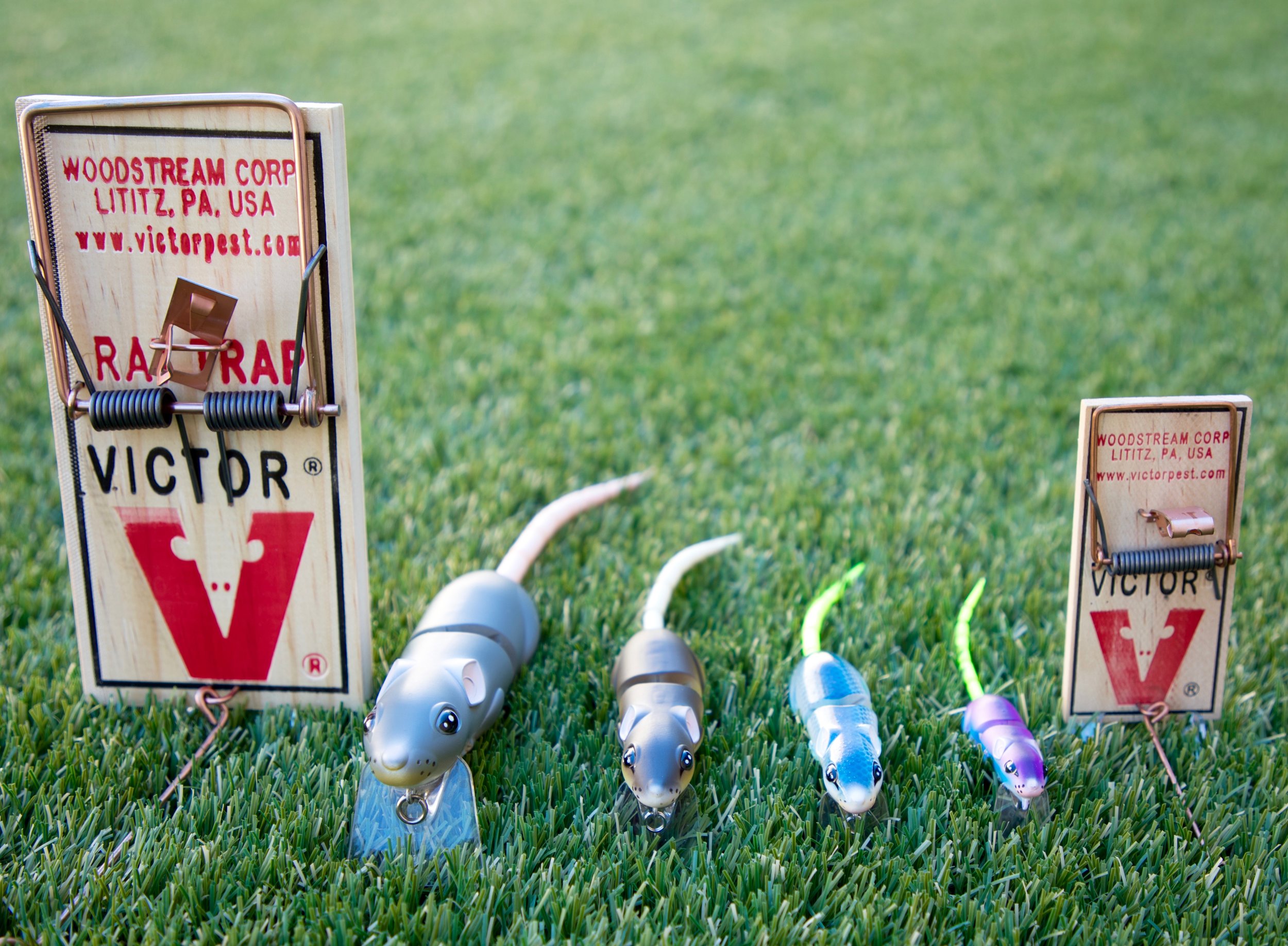What Tools Do You Use When You Find The "X" On The Treasure Map? Let's Get Specific!
We need to talk. Specifically, we need to discuss "specifics." More bass fishermen who are embracing the Big Bass Zone (BBZ) techniques. But, for some, there's a little confusion over what constitutes "specific" information.
First off, the BBZ doesn't supply any treasure maps – in other words, an X which marks the spot on your home waters where you can catch a big fish. What it does provide is a template that can be applied to any body of water, anywhere, to achieve the same result.
To us, the technique is the thing. Understanding the specifics of location, depth and presentation trump all other concerns. If you truly have a grasp of where you're fishing, why you're fishing there and how to fish it, questions over lure choice and rigging become almost academic.
Remember, lures only enhance proper technique. On any given day and in any situation, there can be a number of productive lures. Granted, one bait may excel above all others, but the specifics of making that choice are only important after you've evaluated – and understood – the specifics of location, water depth (top/middle/bottom), commitment zones, presentation angles, etc.
Even with up-to-the-minute information, it's often very difficult to duplicate the success of someone else. This is especially true if your primary focus is on the lure and not the technique.
If you've evaluated your areas correctly and you know they hold fish, it should be easy to avoid the temptation of moving on. But so many do. They know other anglers are whacking quality bass on swimbaits or Senkos or crankbaits or whatever and they feel compelled to fish areas that accommodate that lure.
In many cases, the areas you find while trying to duplicate a productive pattern don't lend themselves to certain lures – even the same lure that you know is working elsewhere. This where "specifics" come into play and where so many anglers go astray.
The BBZ guy won't fall into that trap. He or she has already done the due diligence in understanding the specifics of their key spot-on-spot locations – recognized and evaluated the "specifics" that make a difference.
Then it becomes a matter of applying that specific information to the details of lure selection. It's a simple question: How can you place a lure in the commitment zone?
This is when you start looking at your lures from a different perspective. It's the moment when you rig a Slug-Go through the side to make it swim perpendicular to the line of pull. It's when you re-rig a swimbait to come through heavy cover. It's precisely when you step out of the standard rut to devise new ways to get to the fish you know are there.
Sometimes even this step isn't necessary if you understand the specifics of where you're fishing, since there may be different paths through the cover or structure – specific routes where casts can be made with lures that couldn't otherwise negotiate the snags.
This tendency to leapfrog past the specifics of finding fish to concerns over catching them is why so many anglers are so inconsistent. To further compound the problem, many of these same fishermen view crucial specifics as generalities – big-picture items that somehow don't deserve the degree of attention that choices over line, lure or hooks demand.
"This tendency to leapfrog past the specifics of finding fish to concerns over catching them is why so many anglers are so inconsistent."
Remember, it's all about technique.
Perhaps a little history is in order. When David Fritts was at the peak of his cranking powers, he made a powerful argument for the specifics of lure color. To Fritts, it wasn't just about catching fish – it was about finding the lure and lure color that produced the absolute best hookups. He didn't want bass to simply strike his crankbait. He wanted them to eat it.
Unfortunately, the real message of the Fritts technique was lost on those who only looked to the end of the process for answers. David Fritts was a precision angler who first understood the specifics of where and what he was fishing. Only after he'd distilled that knowledge did he take the next step.
Once Fritts understood the specifics of a location – the presentation, casting angles, cadence and boat positioning required - he was then in a position to enhance his technique. Then, he looked to the tools at his disposal. At this point, lure color became a specific part of his program.
Granted, anglers of this caliber can move through the refinement process much faster than less experienced fishermen. The message, however, is that everyone has to do it.
This understanding of technique and the "specifics" involved is even more critical for those pursuing bigger bass. First, anything less and you'll be back where you started – catching keeper fish. Second, if you can't grasp the concept, you'll spend a whole lot of money on a bunch of new lures that still won't consistently produce bigger fish. Third, the techniques required for bigger bass – and the specifics of those techniques – are exactly the reasons why big bass don't get caught as often.
So, when you read the BBZ here on theBBZ.com, or crack open our book, everything from mindset to lure rigging is specific.
Knowing when it matters is the key.

